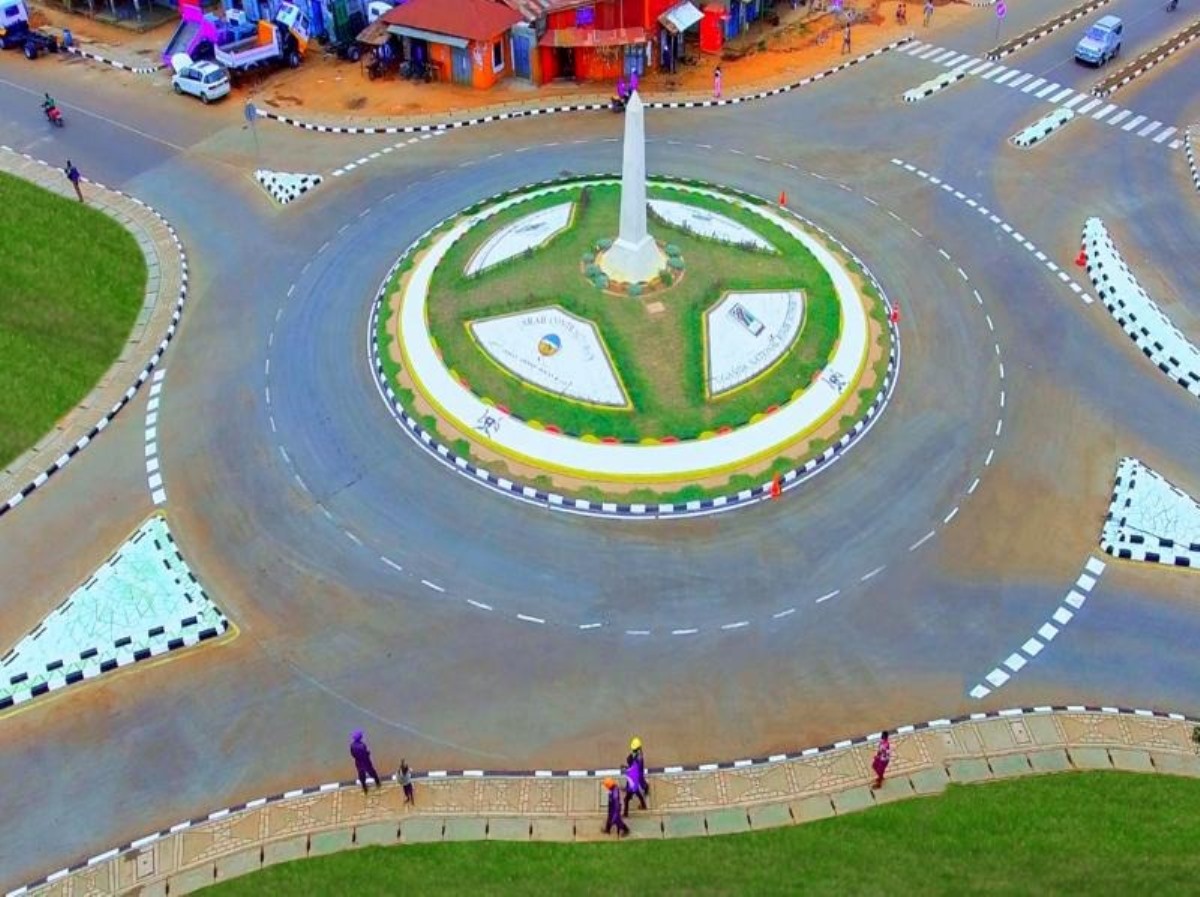Pallisa Town, Uganda
PALLISA TOWN, UGANDA
LOCATION OF PALLISA TOWN, UGANDA
Pallisa Town is located in the Eastern Region of Uganda. It is the main town in Pallisa District. The town’s coordinates are approximately 1°10’03.0"N, 33°42’36.0"E. Pallisa is situated about 56 kilometers west of Mbale and around 200 kilometers northeast of Kampala, the capital city of Uganda.
POPULATION OF PALLISA TOWN, UGANDA
As of 2024, the population of Pallisa Town, is estimated to be around 42,300 by UBOS.
SOME HISTORY OF PALLISA TOWN, UGANDA
Pallisa Town, located in the Eastern Region of Uganda, has a rich history intertwined with the broader development of Pallisa District.
Pallisa Town’s history is closely linked to the larger Pallisa District, which was originally part of Tororo District. The area has long been inhabited by various ethnic groups, primarily the Iteso and Kumam people, who engaged in subsistence farming and cattle rearing.
In 1991, Pallisa District was officially carved out of Tororo District. This administrative change aimed to bring government services closer to the people and promote local development. Pallisa Town became the administrative and commercial center of the new district.
The town has grown steadily over the years, with its economy primarily based on agriculture. Major crops include cassava, millet, sorghum, maize, and groundnuts. Livestock farming is also significant, with cattle, goats, and poultry being common.
Pallisa Town has seen improvements in infrastructure, including roads and public buildings. The Tirinyi–Pallisa–Kamonkoli–Kumi Road, which passes through the town, is a vital link for trade and transportation. Education is a key focus, with numerous secondary schools attracting students from surrounding areas.
In recent years, Pallisa Town has continued to develop, with efforts to improve public services and facilities. The town hosts the Pallisa Campus of Busitema University, contributing to higher education in the region. Additionally, Pallisa General Hospital serves the healthcare needs of the district and neighboring communities.
The town is a melting pot of cultures, with various ethnic groups coexisting peacefully. Traditional ceremonies, music, and dance are integral parts of the community’s social life. The local market is a bustling hub where residents trade goods and socialize.
Despite its growth, Pallisa Town faces challenges such as limited public transportation and infrastructure needs. However, ongoing development projects and community initiatives aim to address these issues and improve the quality of life for its residents.
Pallisa Town’s history reflects its resilience and gradual progress, making it a significant part of Uganda’s Eastern Region.
| Visa requirements | ENTRY INTO UGANDA (VISAS & PASSES)
Any person intending to enter into Uganda should do so only for lawful purposes and in accordance with national immigration laws, guidelines and formalities.
Foreign nationals intending to enter Uganda for purposes of employment should comply with requirements for expatriate employment in Uganda.
All visa prone nationalities must obtain Uganda visas to facilitate their entry into the country.
Uganda visas may be obtained at Uganda missions abroad or by applying online at the Uganda E-Immigration System at www.visas.immigration.go.ug
UGANDA VISAS & CORRESPONDING FEES:
WORKING AND LIVING IN UGANDAPERMITS –WORKING IN UGANDA All foreign nationals intending to work in Uganda must ensure that they are in possession of the relevant work permit. The classes of work permits are listed below. For the requirements for the different categories, please log onto the Immigration Uganda website: www.immigration.go.ug or www.visas.immigration.go.ug CLASS A (GOVERNMENT & DIPLOMATIC SERVICE) Applicants should be persons contracted for service in the Government of Uganda or diplomats accredited for service in Uganda. CLASS A2 (GOVERNMENT CONTRACTORS) Applicants should be persons on Government contracts, including persons serving in Government tertiary institutions. CLASS B (INVESTMENT IN AGRICULTURE) Applicants should be persons intending to invest in the business of agriculture or animal husbandry. CLASS C (MINING) Applicants should be persons intending to invest in the business of prospecting for minerals or mining in Uganda CLASS D (BUSINESS AND TRADE) Applicants should be persons intending to carry on the business or trade in Uganda CLASS E (MANUFACTURERS) Applicants should be persons intending to engage in manufacturing business In Uganda CLASS F (PROFESSIONALS) Applicants should be members of prescribed professionals Intending to practice RIO profession In Uganda CLASS G1 (VOLUNTEERS, NGO WORKERS, and MISSIONARIES) CLASS G2 (EMPLOYEES) Applicants should be persons intending to work as employees whether for gain or not in Uganda. Applicants under this category can only enter Uganda after grant and payment for their work permits. WORK PERMIT RENEWAL
| ||||||||||||||||||||||||
|---|---|---|---|---|---|---|---|---|---|---|---|---|---|---|---|---|---|---|---|---|---|---|---|---|---|
| Languages spoken | Lugwere and Ateso | ||||||||||||||||||||||||
| Currency used | Ugandan Shilling (Ugx) | ||||||||||||||||||||||||
| Area (km2) | 1,956 square kilometers | ||||||||||||||||||||||||
| Country name | Republic of Uganda |

